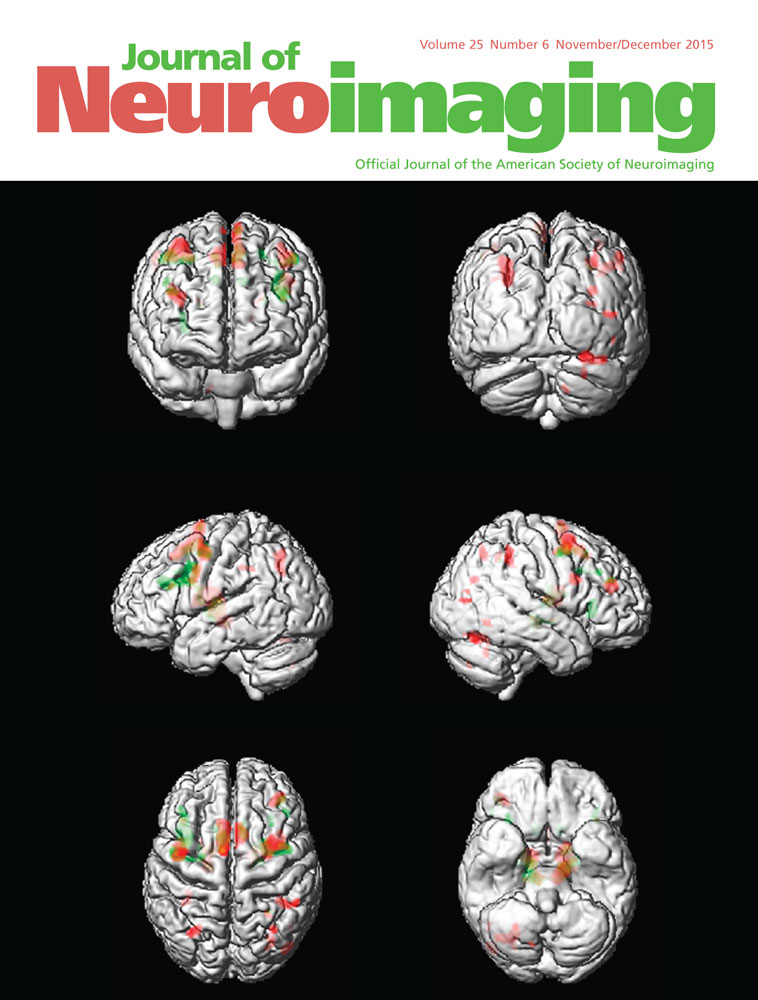Pontine Tegmental Cap Dysplasia: MR Evaluation of Vestibulocochlear Neuropathy
Conflict of Interest: None of the above authors report any potential conflicts of interests and no financial support for this work has been received.
ABSTRACT
Pontine tegmental cap dysplasia (PTCD) is recently recognized as a rare congenital brain stem malformation with typical neuroimaging hallmarks of ventral pontine hypoplasia and vaulted pontine tegmentum projecting into the fourth ventricle. PTCD patients also demonstrate variable cranial neuropathy with predilection for involvement of the vestibulocochlear and facial nerves. We present a case of PTCD diagnosed on MRI in the neonatal period. During early infancy, the patient displayed features of multiple cranial neuropathies and bilateral hearing loss. At the age of 2, the patient underwent further MRI assessment with dedicated high resolution T2 SPACE sequence to delineate the cranial nerve deficiencies.




